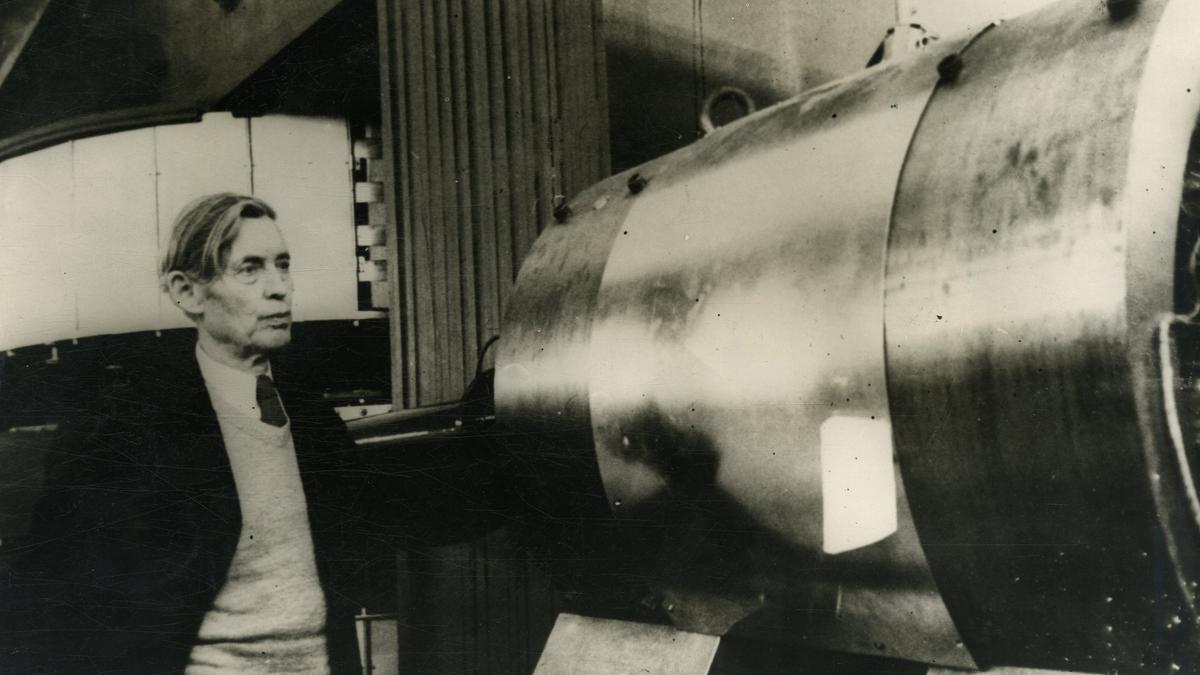[ad_1]

A blue moon rises above the Apollo Temple in ancient Corinth, Greece, on August 30, 2023.
| Photo Credit: AFP
For example, on April 5, 1815, Mt. Tambora in contemporary Indonesia produced the most powerful volcanic eruption in recorded history. The previous year, the Mayon volcano had erupted powerfully in the Philippines. The effects of these volcanoes combined with other climatic factors to lower the temperature of the earth by 0.4-0.7º C in 1816, producing what has since been called the ‘year without summer’. The dust and other small particles lingering in the air could have caused the moon to look blue, as indicated by a description in the poem ‘Alastor’, written by Percy Bysshe Shelley that fateful year.

After the Krakatoa caldera exploded in 1883, the Royal Society in London recorded that the moon appeared blue, and the Sun a shade of green, in many parts of the world.
The use of ‘blue moon’ as a metaphor for a long period of time emerged in the early 1820s, and its use to describe the second full moon of a month came about in a farmers’ almanac published in the U.S. in 1937. August 2023 had such a blue moon.
[ad_2]
Source link





